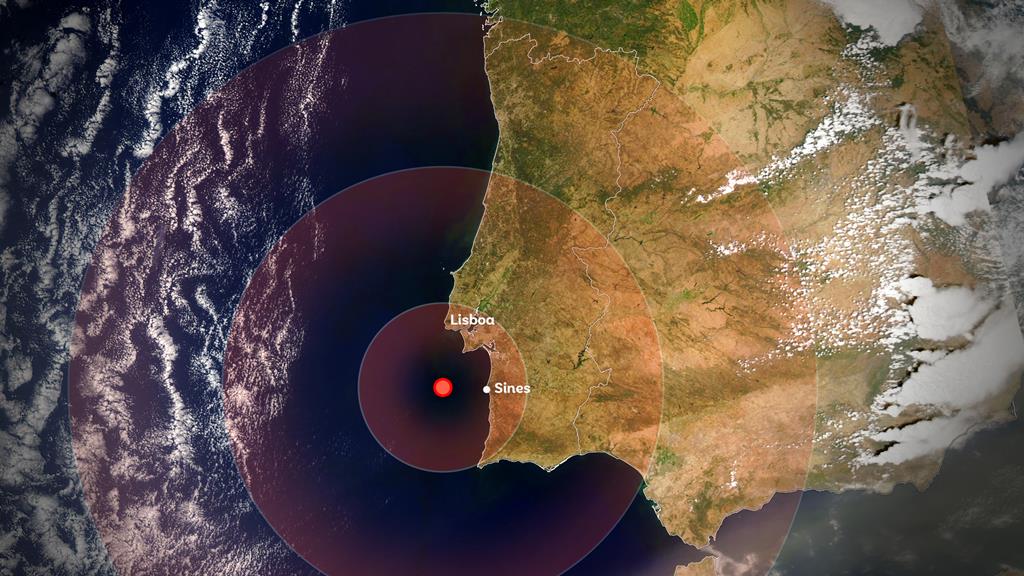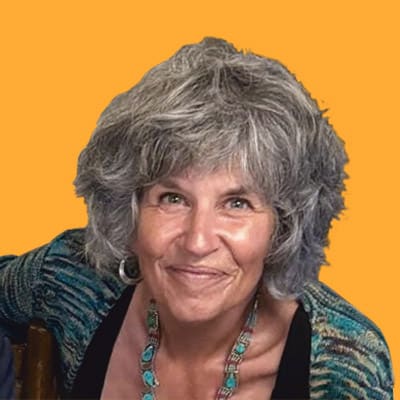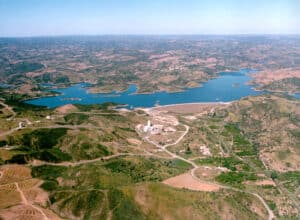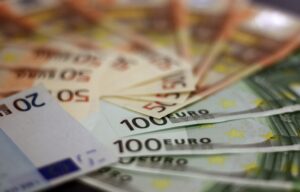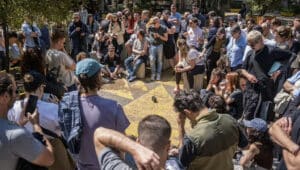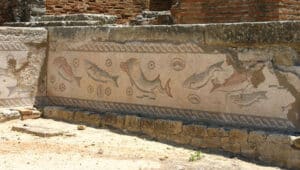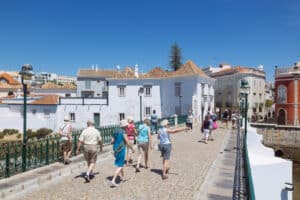… and was 10th largest quake since 16th century
The earthquake that rattled Portugal in the early hours of Monday morning – and saw politicians congratulating authorities on being ‘fully prepared’ – has been described as the 10th largest since the 16th century.
With so much having been written in the interim – from warnings that a greater magnitude of quake could have had cataclysmic results, to discussion on how many buildings are truly prepared for a high intensity quake – IPMA meteorological institute has revealed that while everyone has been discussing the quake, the country has been subjected to nine aftershocks, albeit so small that no-one was even aware of them.
“In terms of magnitude, and considering an area with a radius of 100 kilometres around the epicentre, this is the 10th largest earthquake to have occurred since the 16th century – this area being very marked by the occurrence, in 1858, of a particularly important historical earthquake, known as the Setúbal earthquake, which had a magnitude of M7.1”, said IPMA, referring here to the Mercalli Scale of earthquake intensity recording.
IPMA also stressed that at the “accelerometer station closest to the epicentre of the August 26 earthquake, the highest values of ground motion acceleration ever recorded with modern instrumentation in mainland Portugal were measured”.
Since 05:47 on Monday, there have been nine small magnitude aftershocks from the quake that hit at 05.11, the most recent at 00:14 and 00:30 on Tuesday, IPMA adds.
“Through the online macroseismic questionnaire, IPMA has already received more than 19,000 testimonies referring to the effects of this earthquake”, say reports.
The earthquake had a maximum intensity of IV/V on the Mercalli scale, classified as moderate to strong.
With intensity V, considered strong, effects2 can be felt outside the home, if it happens at night it can wake people up, liquids oscillate and some overflow”, says IPMA.
“Small objects in unstable equilibrium move or are knocked over. Doors swing, close or open. Blinds and paintings move. Clock pendulums stop or start or change their state of oscillation…”
The tremor was felt in numerous parts of Portugal, with the greatest intensity in the Setúbal and Lisbon regions. Many people recall the unusual activity of birds some hours before the quake.
Source: LUSA/ IPMA

